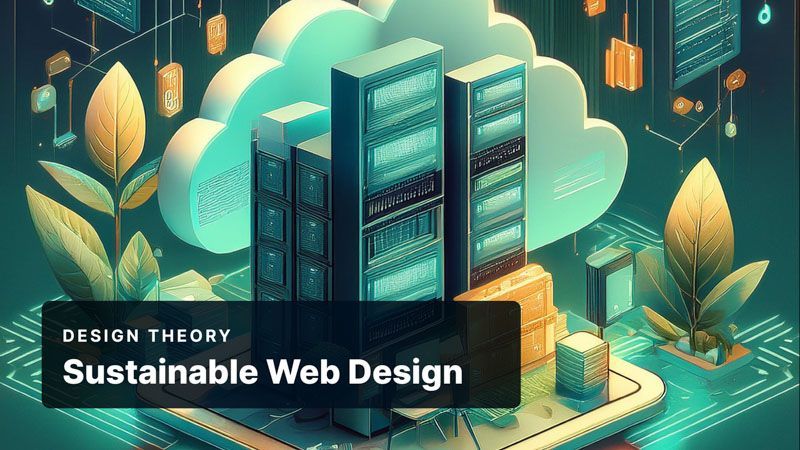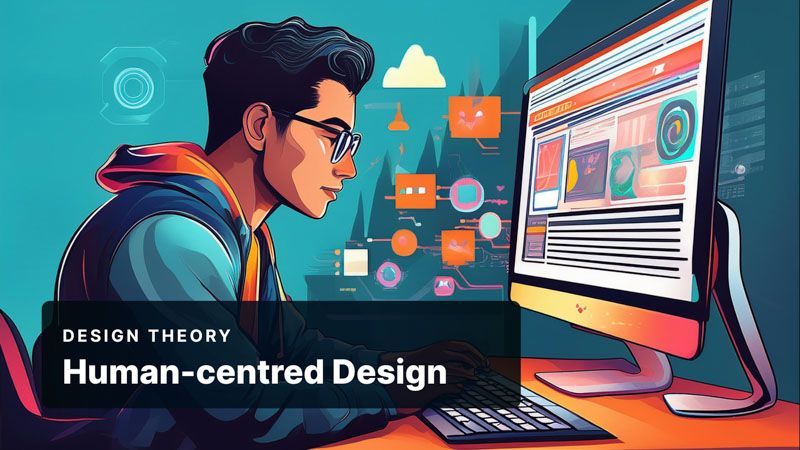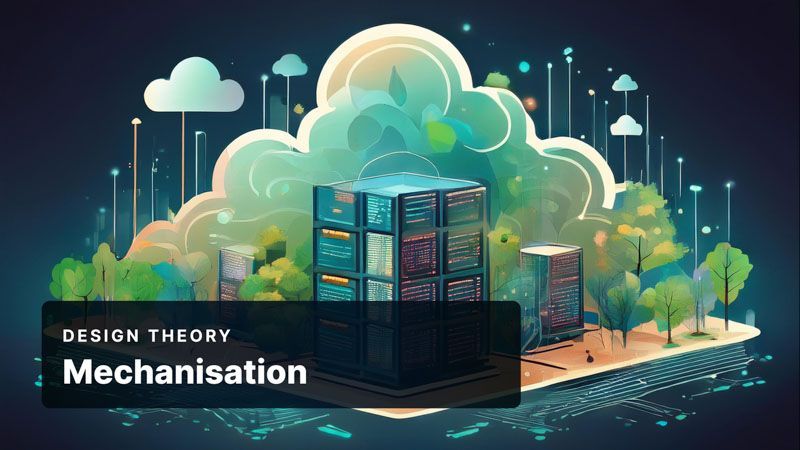Transition Design: Shaping a Sustainable Future
Published: December 18, 2024
Author: Rhys Dyson
Need a website that aligns with sustainable, forward-thinking design principles?
Let’s collaborate to build an eco-friendly web presence that serves your needs—and our planet’s.
Start now for FREEWhat is Transition Design?
Transition design is an innovative framework that addresses how design can tackle complex global challenges, such as climate change, resource depletion, and social inequality. Building upon
human-centred design, it introduces a more expansive approach, advocating for sustainable, earth-centred practices that aim to create lasting solutions for both human and ecological wellbeing.
The Concept of Transition Design
Emerging from the need to address urgent ecological and social issues, transition design moves beyond simply meeting immediate user needs. It envisions design as a powerful tool for sustainable, systemic change. Here, designers work with future generations and ecosystems in mind, crafting solutions that extend far beyond individual users or current markets. Rather than viewing design as a short-term fix, transition design asks us to imagine and shape more sustainable, resilient systems that evolve over time.
Key Principles of Transition Design
Transition design is grounded in four central principles:
- Vision: Designers imagine the type of world they want to see and work toward those ideals, considering how current designs could influence future generations.
- Theories of Change: It involves understanding complex change, from social theories to ecological systems, to see how design can contribute to larger shifts.
- Mindset and Posture: This principle encourages a holistic view, understanding that everything—from culture to economy—is interconnected and that design can contribute to larger societal goals.
- New Ways of Designing: By collaborating with people across disciplines, transition design promotes shared knowledge, creating a common goal of a sustainable, balanced world.
For example, transition design in website development might involve prioritising energy-efficient servers, minimising data load, or using sustainable hosting providers.
Transition Design in Practice
Transition design places equal emphasis on long-term thinking and immediate impact. Designers must consider the lifecycle of a product, from its initial design and use to its end-of-life, and plan for it to have a low environmental footprint. In web design, transition design could include practices such as:
- Using low-impact fonts, graphics, and code to reduce server load and energy usage.
- Integrating renewable energy sources into website hosting.
- Creating modular design structures that can be adapted as technologies evolve, minimising the need for complete rebuilds.
Did you know? Transition design champions local, context-specific solutions. Instead of one-size-fits-all approaches, it seeks out strategies that are relevant to specific social and ecological landscapes, promoting resilience at local and global scales.
The Importance of Long-Term Thinking
Transition design embodies the idea that sustainable design must look beyond user satisfaction and consider the broader environmental impact and societal implications. This means designing with the planet in mind, not just today’s users.
Transition design reshapes how we view the purpose and impact of design in a rapidly changing world. By integrating earth-centred principles and long-term thinking, it pushes the boundaries of traditional design to create solutions that benefit people, communities, and ecosystems alike. This approach fosters sustainable practices that allow design to evolve responsibly with our planet's needs in mind. Whether you’re building a website, a product, or a system, considering transition design principles can be a powerful step toward a sustainable, balanced future.
FAQs
What is transition design?
Transition design is a forward-thinking approach that considers long-term social and environmental impacts, aiming to create sustainable solutions for future challenges.
Why is transition design relevant to web design?
Transition design encourages designers to create websites that are not only effective today but also adaptable and environmentally responsible for the future.
How can web designers implement transition design principles?
Designers can use sustainable practices like energy-efficient hosting, minimalism, and adaptable design to support future sustainability goals.
What are the main benefits of transition design?
Transition design benefits include reduced environmental impact, improved social responsibility, and the creation of adaptable, future-ready solutions.


